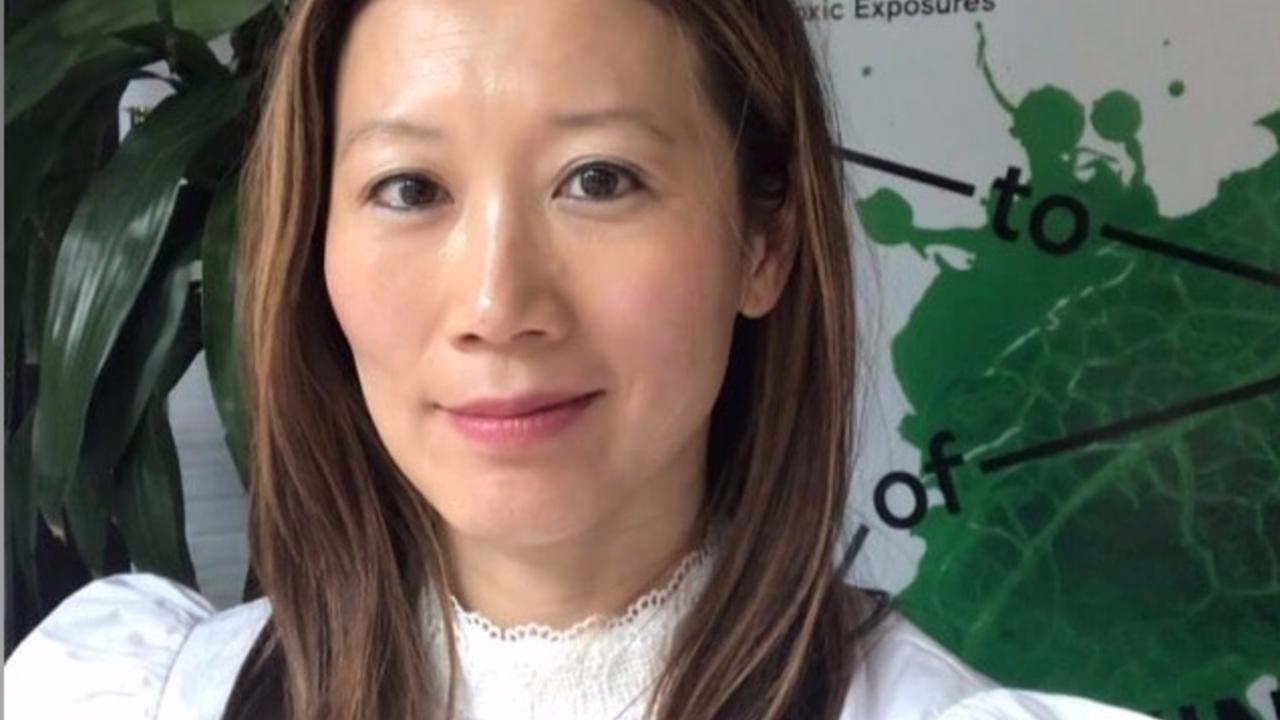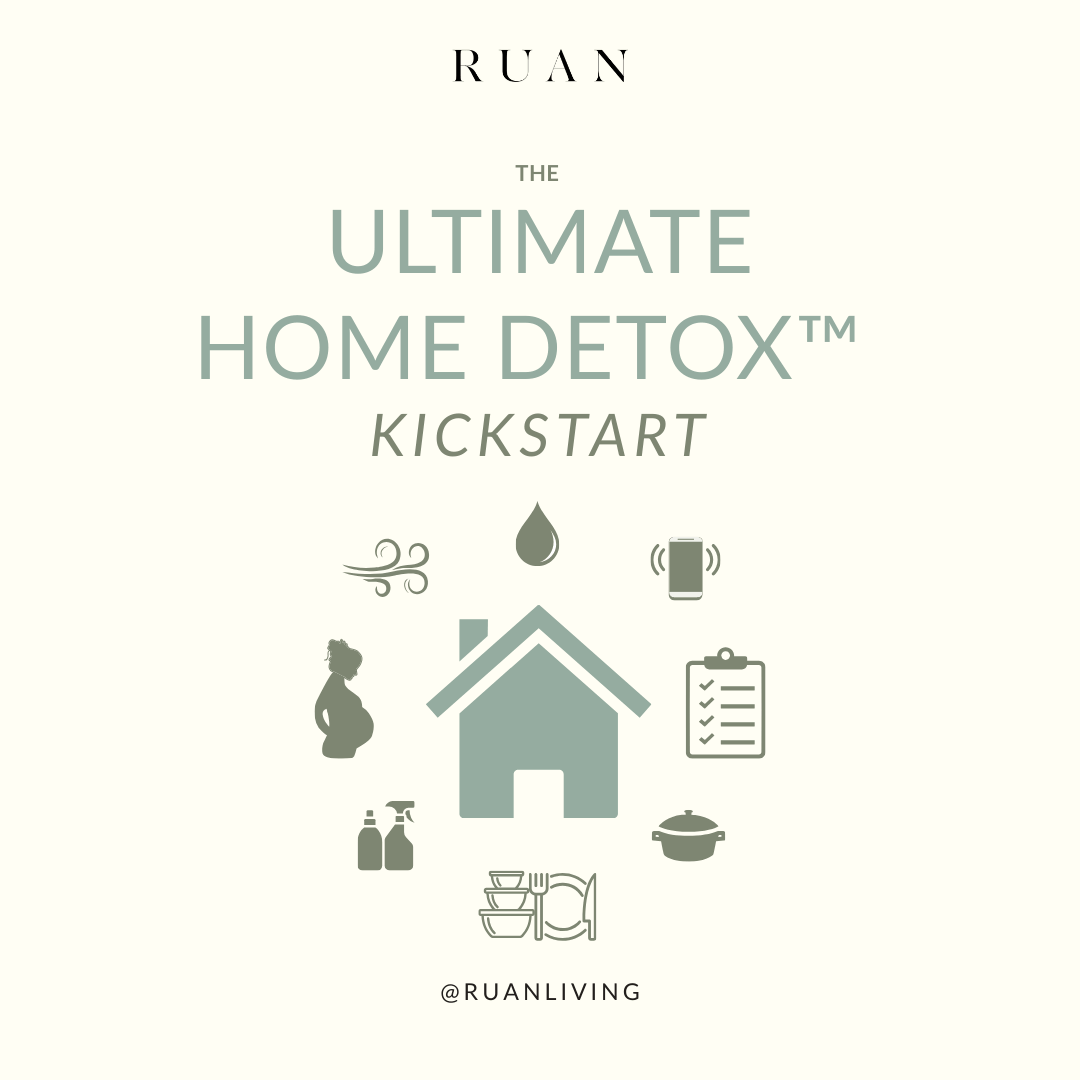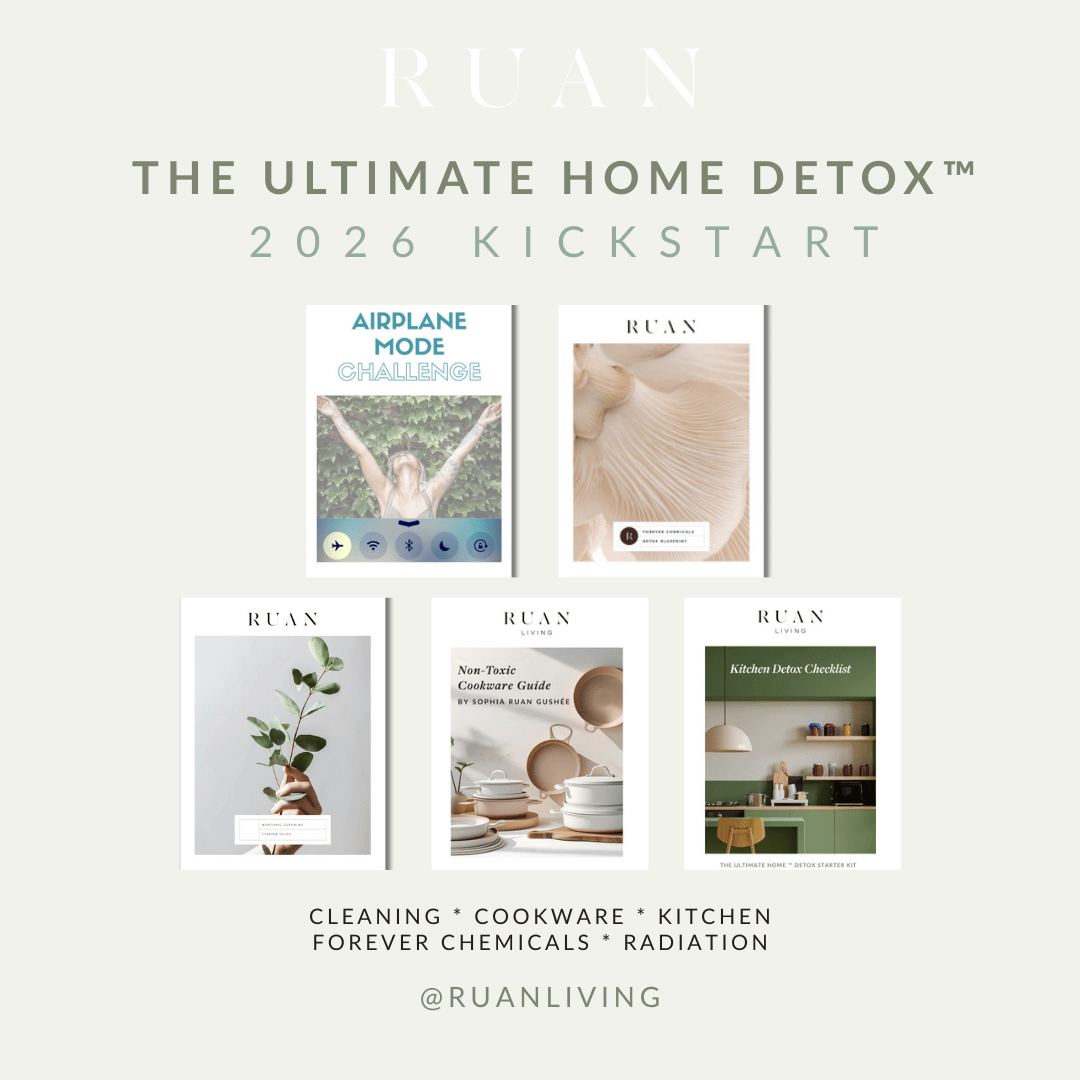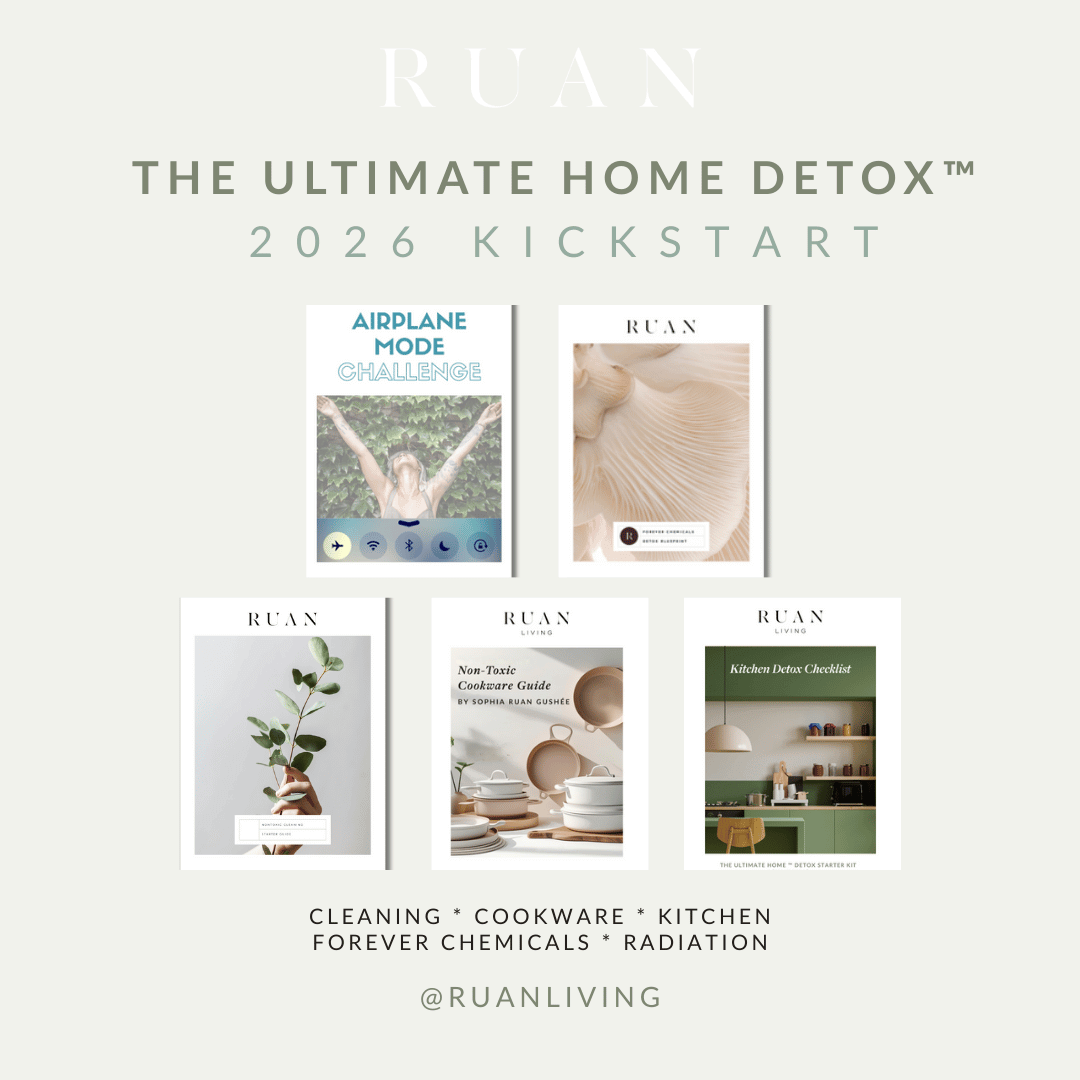
Air Purifiers: How to distinguish which is best?
Mar 03, 2020Updated: March 3, 2019
Air purifiers have been in high demand around the world. In 2019, the global market size for air purifiers was estimated at USD 8.04 billion.(2)
And robust growth is expected to continue: ranging from a compound annual growth rate (CAGR) of 8.54% to 10.8%, depending on the forecast. Of that growth, air purifiers for homes in the US is expected to grow at a CAGR of around 5% during the period 2018-2022.(3)
A recent search for air purifiers on Google returned over 200 options. The cheapest air purifier was $11.99 and the most expensive one was under $27k. How does a thoughtful consumer begin to navigate these options to identify the best fit for your needs and budget?
This article will summarize the main technologies you can find in air purifiers, and help you sort through your options. You'll also learn which air purifier I use, and can take advantage of a unique 10% discount code.
What are air purifiers?
Air purifiers are machines that remove contaminants from the air to improve air quality. Contaminants include fumes, particulate matter, ultra fine particulate matter, allergens, germs, bacteria, and viruses.
Air purifiers can use different approaches—or a combination of different approaches—to reduce air contaminants.
Types of air filters
Air purifiers can use different approaches to filter air: HEPA technology, UV technology, carbon filters, ion and ozone producers, and others.(1)
- HEPA filters. HEPA technology is—and is expected to remain—the most popular because HEPA filters are extremely efficient in trapping airborne particles—such as dust, pollen, smoke, and bio-contaminants. However, HEPA filters are ineffective against gases, odors, and chemicals.
- Activated carbon filters. Activated carbon filters are also exceptional at trapping contaminants because their carbon granules create more surface area through which to trap gases, fumes, and odors. Activated carbon filters are often used in conjunction with HEPA filters since they are more effective together.
- Ionic filters. Air purifiers that use ionic filter technology generate negative ions to attack harmful airborne particles and help trap them.
- UV light technology. Ultraviolet light technology can fight viruses, mold, germs, and bacteria that pass through the UV lamp in the air purifier.
- Ozone generators. Highly efficient against strong odors, these air purifiers emit ozone gas to destroy chemical agents and bacteria.
The High-Efficiency Particulate Air (HEPA) technology is expected to dominate the U.S. market in the near-term as it is both the most effective in trapping harmful airborne particles and is more lucrative than other types of air purifiers.(1)(2)
In the video below, Vinny Lobdell, Jr, founder and CEO of Intellipure, uses a meter to compare the performance of Intellipure against two popular air purifiers: Molekule and Dyson. Further below, you will find a 10% discount code for Intellipure air purifiers, which is what I chose for my home.
Demand drivers for air purifiers
Deteriorating air quality both outdoors and indoors
With more egregious outdoor air quality issues in some parts of the world, people have gained more awareness to air quality in general. And as outdoor air quality has been addressed more, new sources of air pollution are attracting attention (i.e., sources other than vehicular emissions and manufacturing).
For example, in California, stronger regulation and improved technologies in cars has improved pollution from vehicles. But, increasingly, scientists are recognizing household consumer products as a significant source of air pollution for both the indoors and outdoors!(7)
Turns out, indoor air quality is often worse than outdoor air quality. Why?
World War II spurred a lot of innovation (like in plastics and pesticides) to support the war effort. After the war ended, manufacturers invented new uses for their technology, which led to the introduction of many useful and affordable consumer products—like cleaning products, appliances, home furnishings, and more.
But many of these household products are made of petroleum-based ingredients that get released into our air and dust. What exacerbates the problem is that more energy-efficient buildings trap these fumes further.
Our lifestyles
With climate change and industry/country behavior worsening outdoor air quality, there is growing mindfulness of the air we breathe. The World Health Organization (WHO) estimates that 90% of people worldwide breathe polluted air (4), and that contributes to more than 4 million annual deaths worldwide.(5)
However, indoor air quality is often worse. The U.S. Environmental Protection Agency (EPA) estimates that some contaminants are often at least 2 to 5 times greater indoors than outdoors. And our modern lifestyles have led many of us to spend approximately 90% of our time indoors.(6). Certain demographics—like young children, domestic workers, and the elderly—can spend even more time indoors than the average person.
Health reasons
Moreover, as certain health issues have become more prevalent, those affected are increasingly recognizing the need for air purifiers. For example, pulmonary disorders (COPD), lung cancer, and chronic respiratory diseases have led air purifiers to become a necessity rather than a luxury. An effective air purifier can help reduce risk factors for:
- Allergies
- Asthma
- Cancer
- Cardiovascular issues
- Headaches, dizziness, and fatigue
- Irritation of the eyes, nose, and throat
- Infertility
Researchers have also been studying whether indoor air quality influences neurological risks, student performance in the classroom, and productivity in occupational settings.(6)
It's estimated that there will be 18 million air purifiers in residences around the world in 2020.(4) Demand for air purifiers will be fueled further with the rising prevalence of airborne diseases—like the current concerns for the Coronavirus—along with rising pollution levels in urban areas.(2)
Furthermore, those with compromised immune systems or who are just biologically vulnerable—like children, pregnant women, and the elderly—are often advised to use air purifiers to reduce inflammation. This can help those with asthma and respiratory issues.
With more worldwide pollution from rapid urbanization, industrialization, and vehicular emissions—and the high presence of VOCs, smoke (including second-hand tobacco smoke), and allergens indoors—more people than ever are vulnerable to health effects from this stress.
How to distinguish which is best?
In sorting through your options to identify the best air purifier for you, consider the questions below.
- Are there specific contaminants I would like to address, like second-hand smoke, dust, or allergens? If so, then pay special attention to what kind of air filtration technology can best address these concerns.
- How many square feet do I need the air purifier to address? Confirm that the air purifiers you're considering are effective for the square feet of the space it will be in.
- Which types of filter would best address my concerns? HEPA filters are generally a must-include. In addition, you may want carbon filters and others.
- How often might I have to change the filters and how much does that cost? Maintaining the air filters per the manufacturer's instructions is important for indoor air quality.
- How loud is the air purifier? This is an important practical issue.
- How might the air purifier affect my utility bills? Consider how much energy usage the air filter requires.
- Are there third-party assessments on the effectiveness of the air purifiers that I'm considering? You want to do your best to make sure you're enjoying the performance that you hope to get.
Which air purifier do I use?
People often ask me, Which air purifier do you use?
After more than a decade of trying to get comfortable with the air purifiers I use in my home, I'm finally comfortable partnering with Intellipure.
I'm impressed with the company's (and parent company's) track record in both the commercial and residential arenas. They have serviced hospitals (including the Mayo Clinic), hotels (including Marriott, Wyndham, Hilton, Hyatt and Sheraton hotels), fertility clinics, and educational institutions (including Harvard University). It seems these commercial experiences inevitably benefit the residential product: Intellipure.
Below are key reasons why I like it. For its performance in improving indoor air quality, it's relatively sleek, quiet, and discreet. From the company website, Intellipure:
- Captures smaller particles than a HEPA filter. In fact:
- it's supposed to be 40x more efficient than a HEPA filter
- has been proven to capture 99.99% of all particles as small as .007 micron in size
- Removes 99.99% of harmful viruses, fungi, molds, and bacteria. It reduces bioburden and inhibits microorganism growth
- Removes gases and odors: >90% removal efficiency on Formaldehyde and >95% removal efficiency on Toluene
- Independently tested and verified to guarantee better ultrafine particle efficiency than HEPA
- 24/7 operation can cost as little as $1 a month
- Provides the highest CFM (cubic feet per minute of air flow) per decibel level of noise in its category, making it the quietest air purifier of its kind
- This technology is currently used in hospitals, medical clean rooms, government buildings, and military applications
Enjoy 10% off
You can enjoy a 10% discount by using code SOPHIA102024 at checkout.
Click here: Intellipure
10% coupon code: SOPHIA102024
I hope that sharing which air purifier I've selected for my family, and the reasons why I chose it, helps save you time in your search for the best air purifier for you! I was also happy to learn that fertility expert, Dr Robert Kiltz, founder and director of CNY Fertility, endorses Intellipure. You can listen and watch him speak about this in the video further below.
Recommended by fertility specialist Dr. Robert Kiltz
Dr Robert Kiltz is founder and director of CNY Fertility. In the video below, he states that pollutants (from air, water, and food) can be inhaled to contribute to inflammation and infertility.
References
(1) "Air Purifier Market 2020 , Size, Share Global Statistics and Growth, Competitors Strategy, Industry Trends, Segments, Regional Analysis, Review, Key Players Profile to 2025 Analysis." Feb 28, 2020. http://www.kake.com/story/41829752/air-purifier-market-2020-size-share-global-statistics-and-growth-competitors-strategy-industry-trends-segments-regional-analysis-review-key-players
(2) "Air Purifier Market Size, Share & Trends Analysis Report By Technology (HEPA, Activated Carbon, Ionic Filters), By Application (Commercial, Residential, Industrial), By Region, And Segment Forecasts, 2020 - 2027." Feb 2020. https://www.grandviewresearch.com/industry-analysis/air-purifier-market
(3) "Residential Air Purifier Market in the US 2018-2022 | 5% CAGR Projection Through 2022 | Technavio."February 24, 2020. https://www.businesswire.com/news/home/20200224005570/en/Residential-Air-Purifier-Market-2018-2022-5-CAGR
(4) "At 8.43% CAGR, the Air Purifier Market is forecast to reach strong market growth through 2026." December 5th 2019. https://www.newson6.com/story/41410294/at-843-cagr-the-air-purifier-market-is-forecast-to-reach-strong-market-growth-through-2026
(5) "Global Air Purifier Market is segmented By End-User (Introduction, Residential, Commercial, Others), By Technology (HEPA, Activated Carbon, Others), and By Region (North America, Latin America, Europe, Asia Pacific, Middle East, and Africa) – Share, Size, Outlook, and Opportunity Analysis, 2019-2026." Feb 13 2020. https://www.datamintelligence.com/research-report/air-purifier-market
(6) US EPA. "Indoor Air Quality." LAST UPDATED ON JULY 16, 2018. https://www.epa.gov/report-environment/indoor-air-quality
(7) Carswell, Cally. Nature. "Household chemicals rival vehicles as smog source: Consumer and industrial products contribute significantly to some forms of urban air pollution." 15 FEBRUARY 2018. https://www.nature.com/articles/d41586-018-02132-9
(8) BRUGGE, DOUG. "Ultrafine Particles are an Emerging Environmental Health Risk." NOVEMBER 15, 2019. https://blog.ucsusa.org/science-blogger/ultrafine-particles-are-an-emerging-environmental-health-risk



